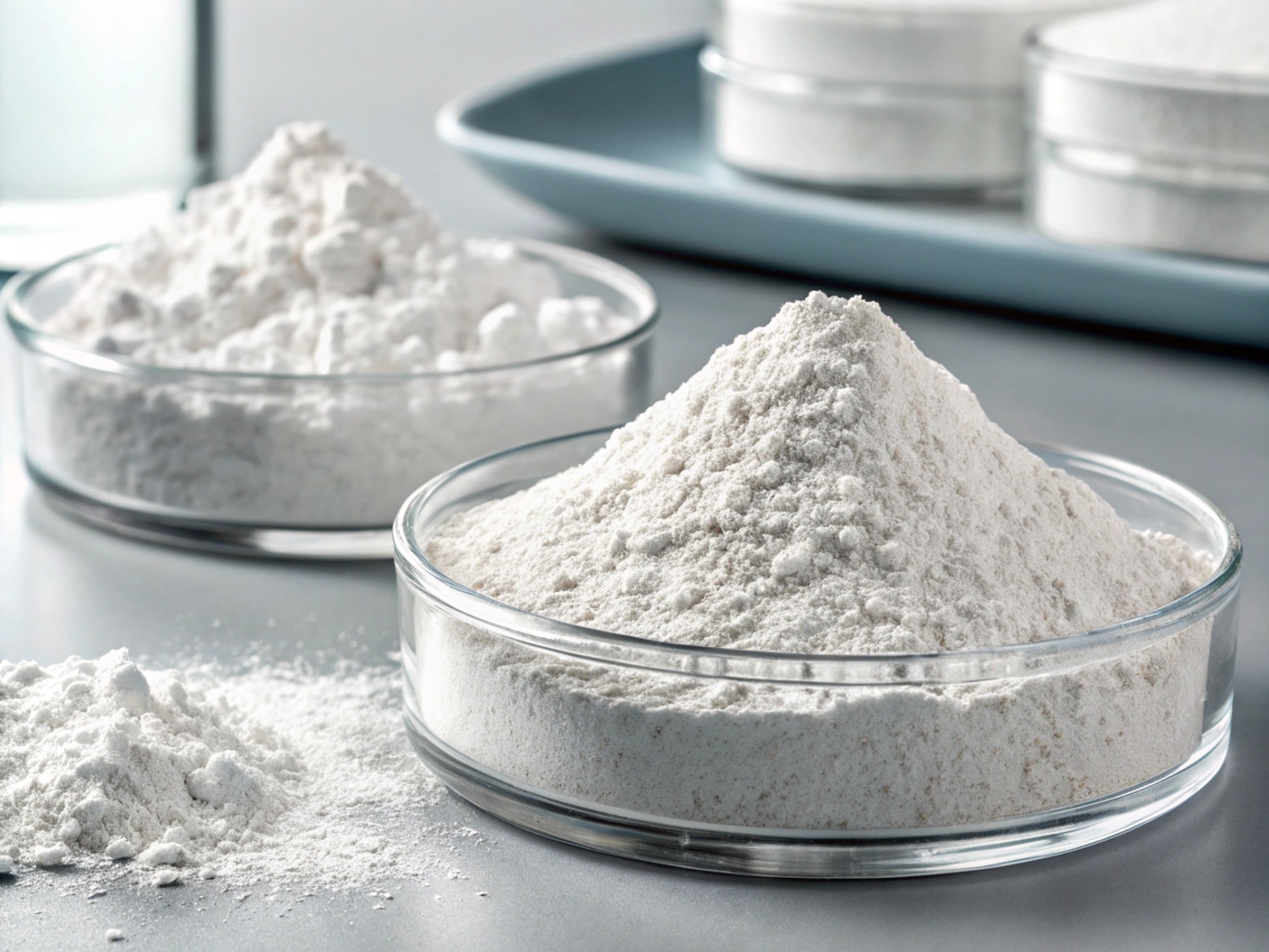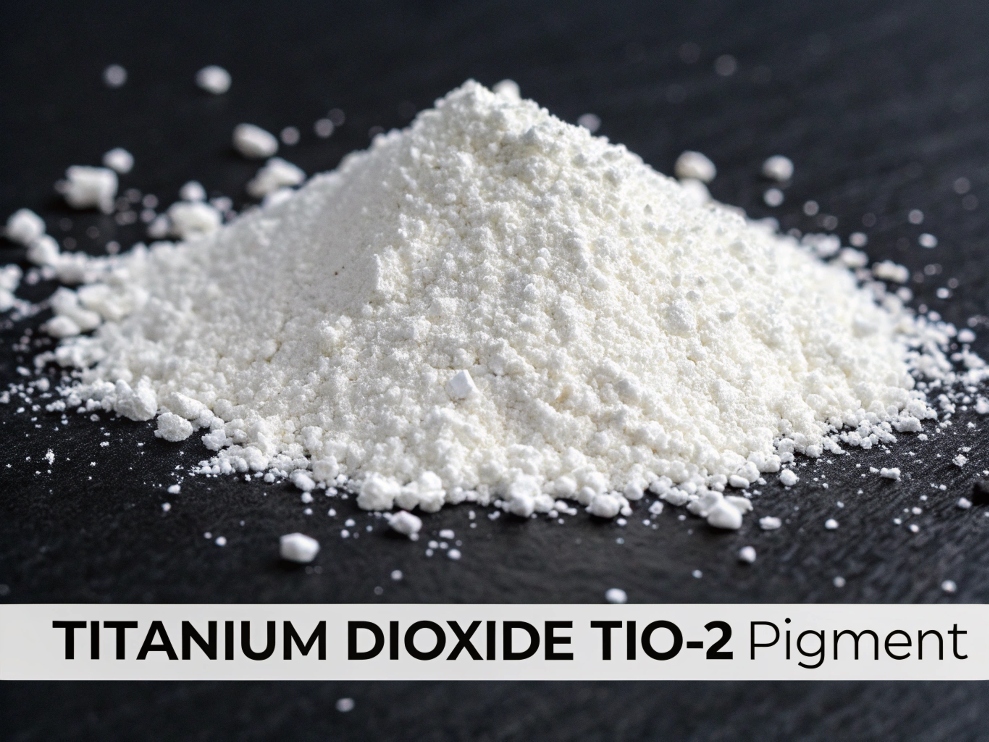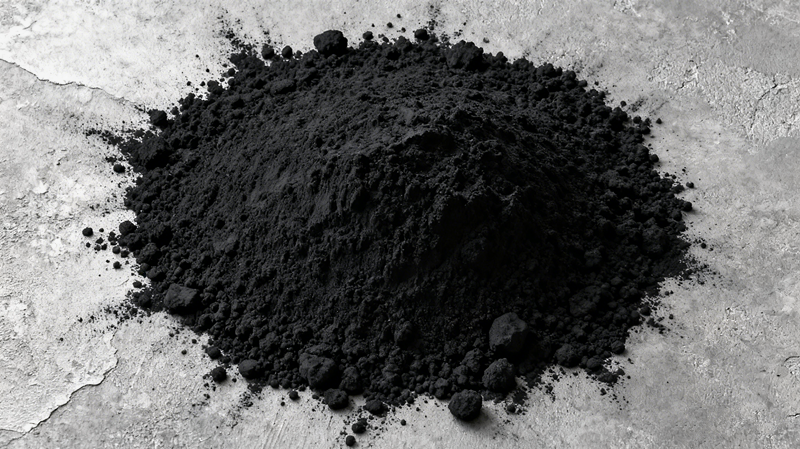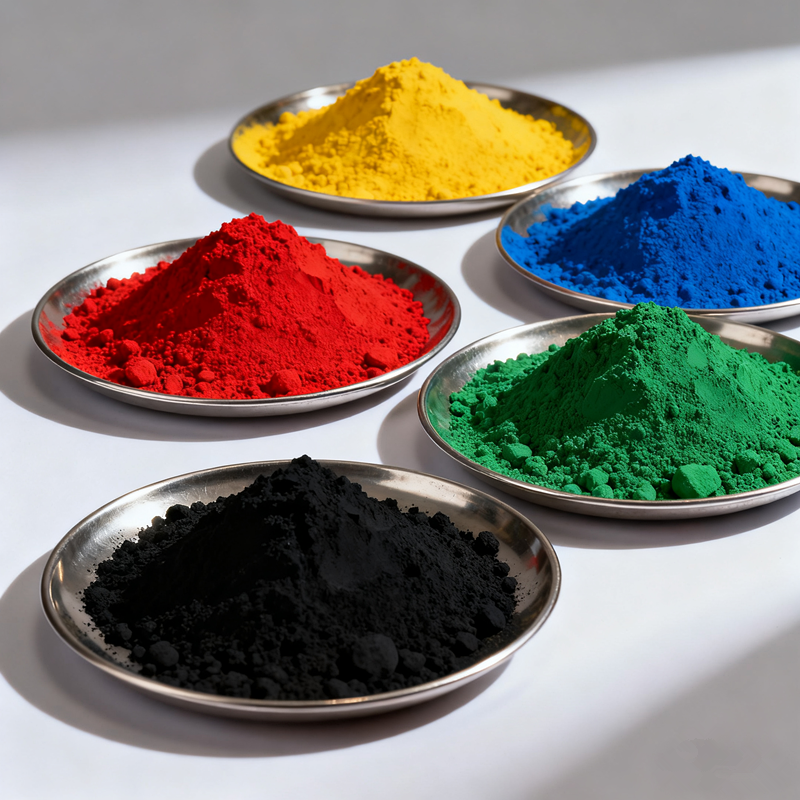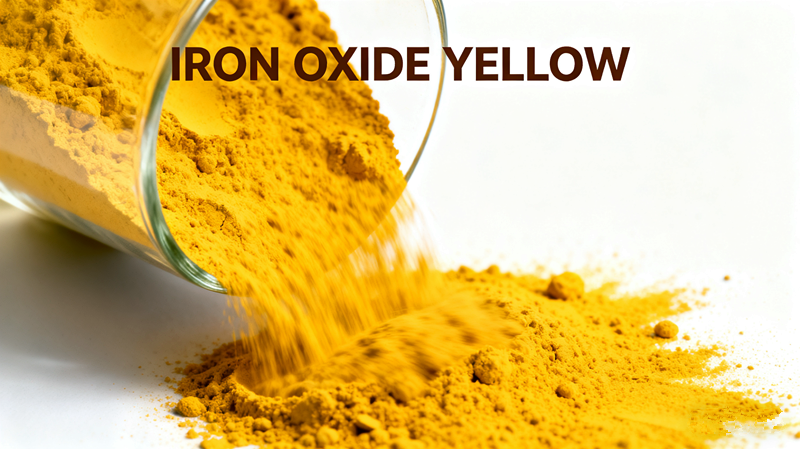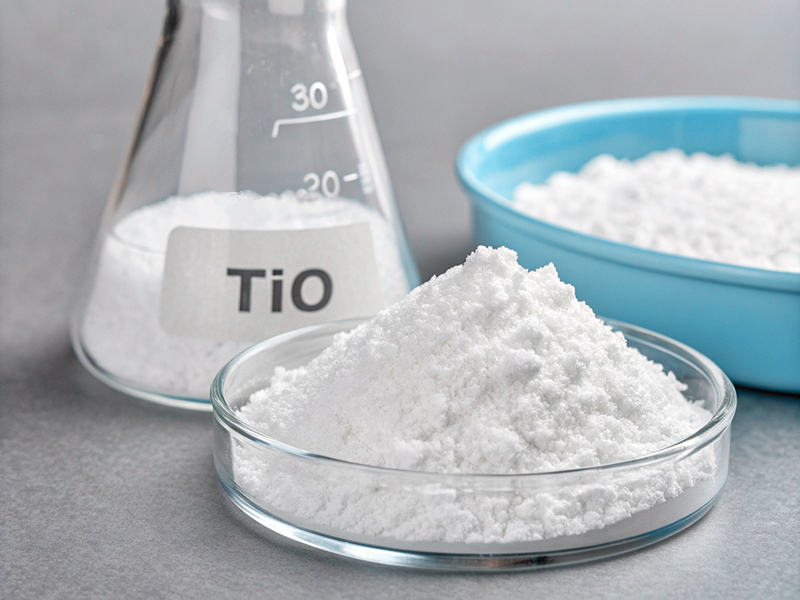Titanium dioxide (TiO₂) is known as “the perfect white” and is the most widely used opacifying pigment. Its effective use in paints and coatings is crucial—not only for aesthetic brightness but also for opacity, performance, and cost-efficiency. Given its high market cost—having surged roughly 50 % in recent years—optimizing dispersion to minimize waste has become a top priority.
Why Dispersion Matters
The functionality of TiO₂ relies heavily on its ability to scatter light. This requires particles to be dispersed individually, not clumped together. Aggregation reduces light-scattering effectiveness, weakening whiteness and opacity. Effective dispersion maximizes the surface area available per particle—which also supports cost savings, as less TiO₂ achieves the same visual and functional goals.
Best-in-Class Dispersion Strategies
1. High-Energy Mechanical Mixing
Traditional methods include using high-shear equipment such as dissolvers or pearl mills. While dissolvers generate moderate shear, pearl mills provide superior de-agglomeration to separate primary particles. Inline dispersing technologies, often combined with vacuum expansion, enhance separation and prevent re-agglomeration by creating low-pressure conditions where particles spread out during mixing.
2. Chemical Dispersants & Surface Treatments
- Electrostatic & steric stabilizers: Dispersants adsorb onto TiO₂ particles to establish repulsive forces—either by charging the surface or creating a polymer “brush” barrier, keeping particles from clumping.
- Tailored dispersants: Industry experts recommend moving beyond “universal” additives in favor of dispersants formulated specifically for TiO₂ to significantly reduce pigment usage.
- Organic surface treatments: Pigments treated post-synthesis (e.g., with alcohols) disperse more easily in coatings.
3. Charge Control in Waterborne Systems
Waterborne coatings require careful manipulation of TiO₂’s surface charge. Adjusting slurry pH away from TiO₂’s isoelectric point (~pH 2.8) and using carboxylic acids (like citric or oxalic acid) lowers aggregation by improving zeta potential and promoting particle separation.
4. Compatible Pigment–Binder Pairing
Dispersion effectiveness depends not only on TiO₂ but also on the binder resin. The interface between pigment and binder must be chemically compatible. A recent patent reveals that using phosphate-functional surfactants in latex resin enhances TiO₂-latex compatibility, improving hiding power and film uniformity.
5. Particle Spacing via Fillers & Air Voids
Optimal pigment spacing is essential: crowding reduces efficiency. This can be achieved by:
- Using micrometer-sized fillers to maintain separation.
- Introducing controlled air voids—either by formulating high solid-content systems or using hollow fillers—to space pigment particles.
Integrating Cutting-Edge Technologies
Recent developments include inline dispersing systems that combine high-shear processing with vacuum expansion, providing seamlessly integrated dispersion and stabilization. Additionally, scientific studies have highlighted the use of poly(acrylic acid) salts (PAAS) as highly effective dispersants in aqueous systems, offering enhanced stability and pigment performance.
Guidelines for Industrial Implementation
-
Select the right equipment: Inline vacuum-dispersing systems or high-energy mills should be prioritized, depending on production throughput and viscosity.
-
Choose tailored additives: Select dispersants based on pigment analysis—consider chemistry, solid content, binder type, and expected application.
-
Monitor pH and surface charge: In waterborne systems, track zeta potential and maintain dispersion stability by pH adjustment and acid or surfactant addition.
-
Pair pigment and binder carefully: Evaluate binder compatibility, especially for coatings like latex; surfactants such as phosphate-functional polymers can greatly improve pigment dispersion.
-
Balance filler and film structure: Consider introducing inert fillers or engineered void spaces to enhance contrast and reduce overall pigment cost.
Conclusion
Improving the dispersion of TiO₂ in coatings is a multifaceted challenge: it requires the right combination of mechanical, chemical, and formulation strategies. Advanced equipment like vacuum-assisted dispersing mills, matched with optimized dispersants and resin systems, ensures maximum particle breakup and stabilization. When combined intelligently with space-filling techniques and charge control, these tactics translate into higher opacity, better optical performance, and significant cost savings.
As the coatings industry pushes toward sustainability and efficiency, mastering TiO₂ dispersion remains central to future-ready paint technologies.


